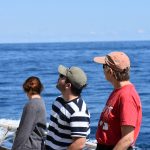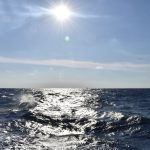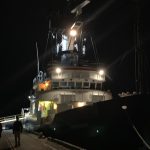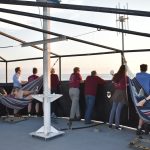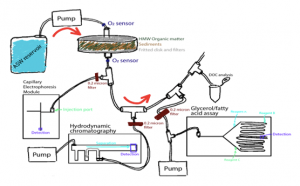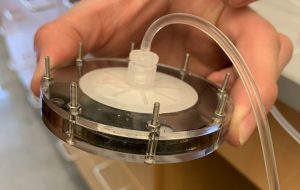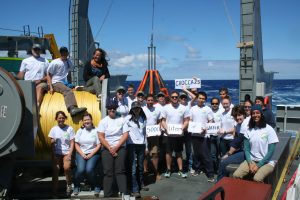New In The Lab
NSF Sponsored Work
Our most recently-funded NSF project, with co-PI JP Balmonte (assistant professor, Lehigh University, as of 8/23), is to investigate the effects of high hydrostatic pressure on microbially-driven carbon cycling in the deep ocean. This project will be carried out in collaboration with colleagues at the Hadal Center at the University of Southern Denmark, as well as with the Max Planck Institute for Marine Microbiology.
Investigating the degree to which substrate structural complexity and abundance control distinct mechanisms of microbially-driven carbon cycling in the ocean, is the major theme of one of our NSF-sponsored projects. This work involves development of new experimental methods as well as field work in the Atlantic Ocean. The project involves collaborations with scientists at the Max Planck Institute for Marine Microbiology (Bremen, Germany).
Ongoing research in the lab includes determining spatial and depth patterns of enzymatic activity, discovering how organic matter input impacts changes in community composition and/or microbial activity, and looking at how particle associated bacteria degrade organic matter differently from bacteria in unfiltered, whole water samples.
Side Projects
BeAM MakerSpace
Using microfluidic devices to measure changes in enzymatic activity linked with organic matter changes in sediments, is the focus for one of the projects being conducted with undergraduate students in the lab. This project focuses on developing microfluidic flow devices that will allow us to characterize bulk changes to organic matter quality in sediments from microbial activity, investigating changes prior to the terminal remineralization steps. Much of the work on developing and optimizing these devices (i.e., flow cells) is done using UNC’s Be A Maker (BeAM) MakerSpace facilities on campus.
We also are utilizing the MakerSpace to develop flow-through devices to measure enzymatic activity as organic matter is degraded on particles. Much of the work to date has been on tethering substrate to beads and developing flow-through devices using a laser cutter and acrylic.
